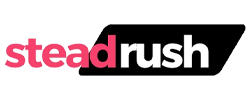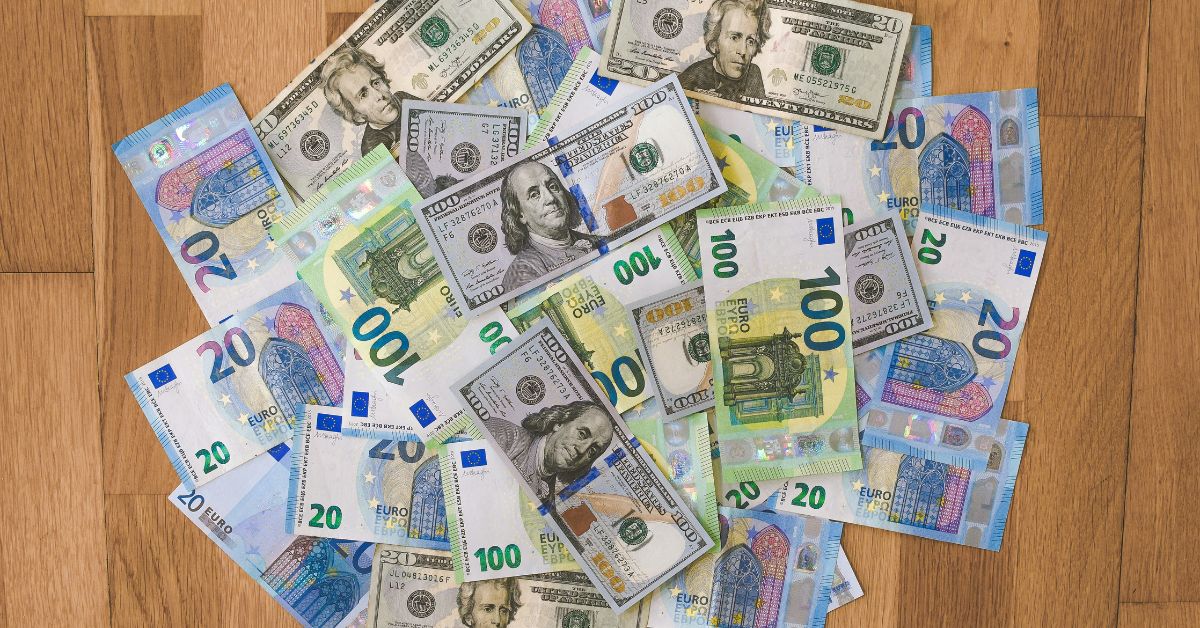Cash stuffing — also known as the envelope system — is a simple, hands-on way to manage money. It helps control spending by dividing your cash into envelopes labeled for different expenses like groceries, gas, and fun. Instead of swiping cards or using apps, you rely on real cash to track and limit your spending.
How Does Cash Stuffing Work?
The cash stuffing method is easy to follow but does require a bit of planning. Here’s how to get started:
1. Set Your Budget
Decide how much of your monthly income will go toward different spending categories. A popular option is the 50/30/20 budget. That’s:
- 50% of your money for needs like rent and groceries
- 30% for wants like dining out and hobbies
- 20% for savings or debt payments
For example, if you bring home $3,500 each month:
- $1,750 goes to needs
- $1,050 goes to wants
- $700 goes to savings and debt
Of course, you can adjust these amounts to fit your lifestyle.
2. Create Your Envelope Categories
Think about your expenses and sort them into clear groups. You can go broad with categories like “Entertainment” or get detailed with envelopes like “Movies,” “Restaurants,” and “Drinks.” Label an envelope for each category.
3. Stuff the Envelopes
At the start of the month, fill each envelope with the cash you’ve planned for that category.
4. Spend Only from the Envelopes
Whenever you buy something, take the money from the matching envelope. If you put $50 in a “Coffee” envelope and spend $5 on a latte, you’ll have $45 left for coffee that month. Once an envelope runs out of cash, wait until next month to spend in that category again.
Why Does Cash Stuffing Help?
This method helps you manage your money better in a few clear ways:
- You stay aware of your spending
Handling cash makes it easier to see where your money goes and think twice before spending. - You stick to your budget
You can’t overspend if you only use the money you’ve set aside in each envelope. - You reduce debt risk
By avoiding credit cards, you’re less likely to spend money you don’t have. - You gain control
You always know exactly how much is left for each expense, which helps you avoid surprises.
Studies also show people tend to spend less with cash than with cards. The act of handing over cash feels more real than tapping a card, which helps curb impulse buys.
Pros and Cons of Cash Stuffing
Pros
- Avoid overdraft fees and credit card debt
- Stay fully aware of your spending
- Easier to cut down on impulse buys
- Helps build a stronger connection with your money
Cons
- Frequent trips to the bank or ATM take time
- Carrying large amounts of cash can be risky
- You miss out on credit card rewards and protections
- Savings are safer in a bank account than in an envelope
To keep your savings safe, it’s smart to move that portion into a high-interest savings account instead of leaving it in cash.
Who Should Use Cash Stuffing?
This budgeting method is great for anyone who wants to take direct control of their spending. It’s especially helpful for:
- People who are new to budgeting
- Anyone who tends to spend impulsively
- Folks who prefer hands-on money management over digital tools
While the method has been around for years, it’s recently become popular again, thanks to TikTok — where many users share their cash stuffing tips and tricks. Whether you go with the traditional envelope system or use digital apps like Goodbudget or Qube Money, the idea stays the same: plan your spending, track your money, and stick to your goals.


